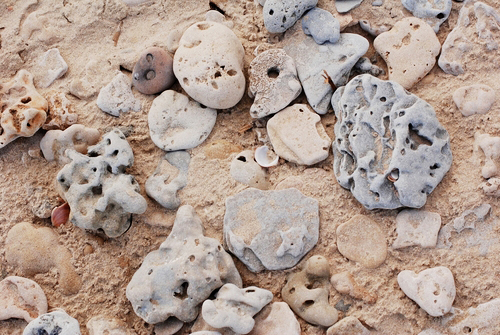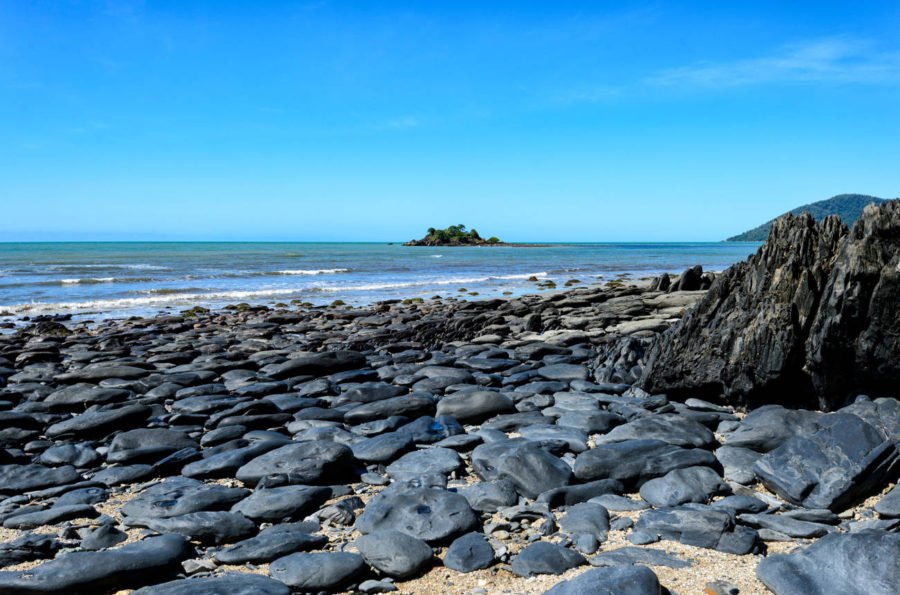A proliferation of pumice

Rafts of pumice form when hot magma from volcanoes cools rapidly in water. So when a proliferation of pumice began washing up on our beaches earlier this year, many assumed it was from the Hunga Tonga–Hunga Ha’apai underwater eruption in January that caused a devastating tsunami in Tonga.
It sounded logical but was wrong. “The January explosion didn’t have enough gas in its magma to create the light, bubbly [pumice] stones capable of drifting vast distances,” said volcanologist Professor Scott Bryan, at Queensland University of Technology’s School of Earth and Atmospheric Sciences. “Further, the eruption essentially pulverised most of the magma into ash particles as evidenced from the ash fall on the surrounding islands.”
So where did the current wave of pumice pebbles lining high tide marks on many beaches come from? Probably from Southwest Pacific volcanic eruptions between 2001 and 2019.
During the past 20 years, pumice from these eruptions has washed up on our beaches, and then, blown by strong winds, become buried in dunes, hidden until a series of intense lows battered the Aussie east coast early in 2022. Not only did these severe weather systems cause the Brisbane and Lismore floods, but also high winds, huge seas and beach erosion. Consequently, millions of those pumice stones that had been hidden in dunes along the east coast were again exposed to the elements and washed back out to sea before being dumped on beaches again.
Scott says there’s a way to determine if pumice on our beaches was formed in recent or historic eruptions. “New pumice from an eruption at one of the volcanoes in the Tonga–Kermadec region is usually covered in up to 100 different species of marine organisms that grow on pumice-stone rafts as they travel across the vast seas and as the pumice makes island and reef encounters along the way,” he explains.
Goose and acorn barnacles, molluscs, anemones, bristle worms, hydroids, coral and crabs are some of the creatures that can hitch a ride on pumice. Sometimes the weight of these hitchhikers even causes the otherwise lightweight pumice to sink. Of course, not all freeloaders are welcome and Scott and his colleagues watch for invasive marine species arriving on our shores via pumice.
Pumice fast facts:
Did you know pumice is very hard and an excellent cosmetic exfoliant? Who hasn’t rubbed pumice on a callus or cracked heel?
It’s also used to stone-wash denim and in some Pacific Island countries is broken down for fertiliser.
Roman engineers used it in the construction of the world’s largest unreinforced concrete dome – the Pantheon.


